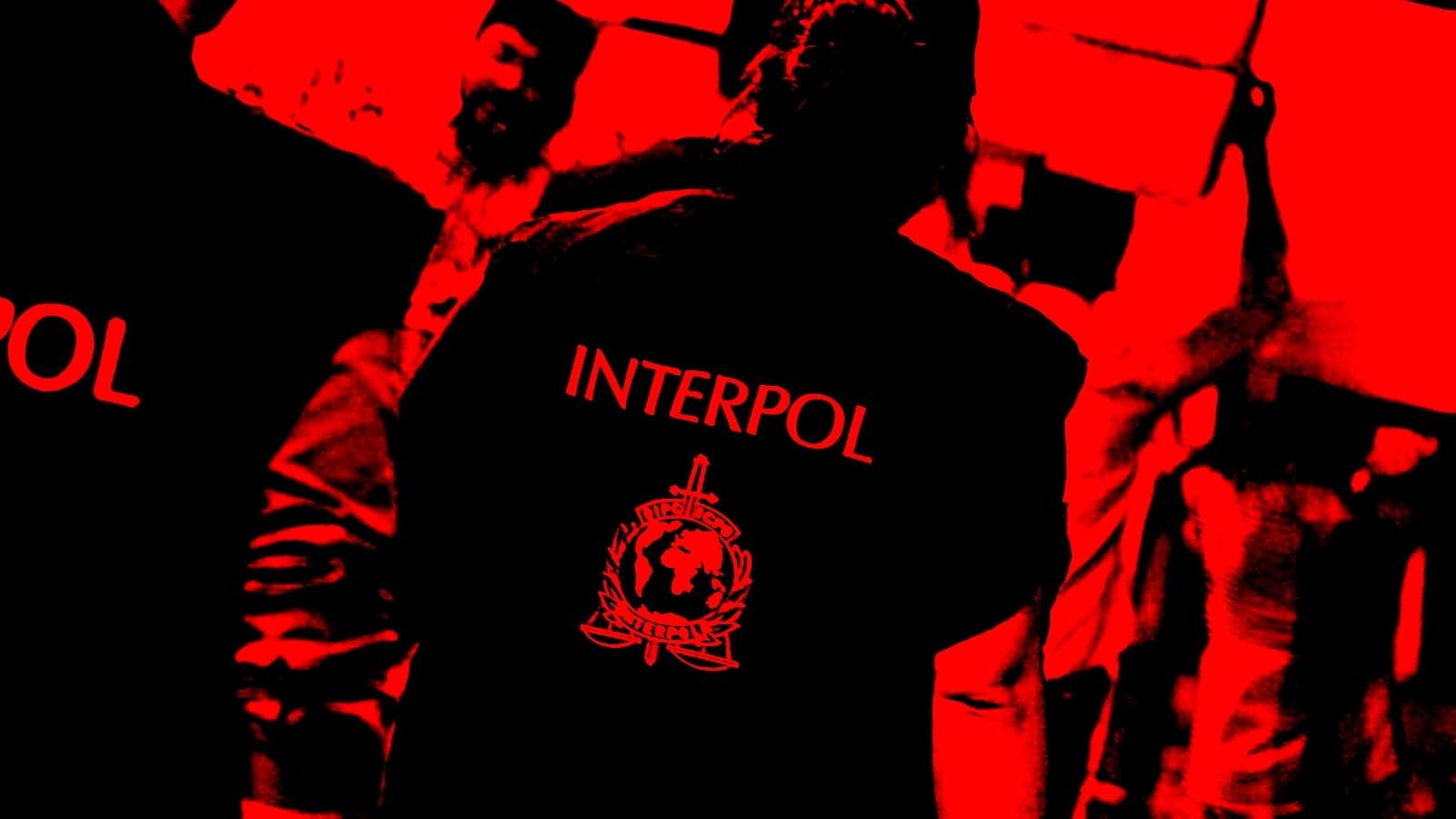Questions to inspire discussion.
Development & Deployment.
A: Alpameo offers open model weights, open-source inference scripts, simulation tools for edge case testing, and open datasets for training, enabling developers to adapt it into smaller runtime models or build reasoning-based evaluators and autolabeling systems.
Technical Architecture.
🧠 Q: What model architecture powers Alpamayo’s autonomous driving capabilities?
A: Alpameo uses 10B parameter models across five specialized functions: vision, language, action, reasoning, and trajectory generation, forming an integrated reasoning system for autonomous vehicles.


